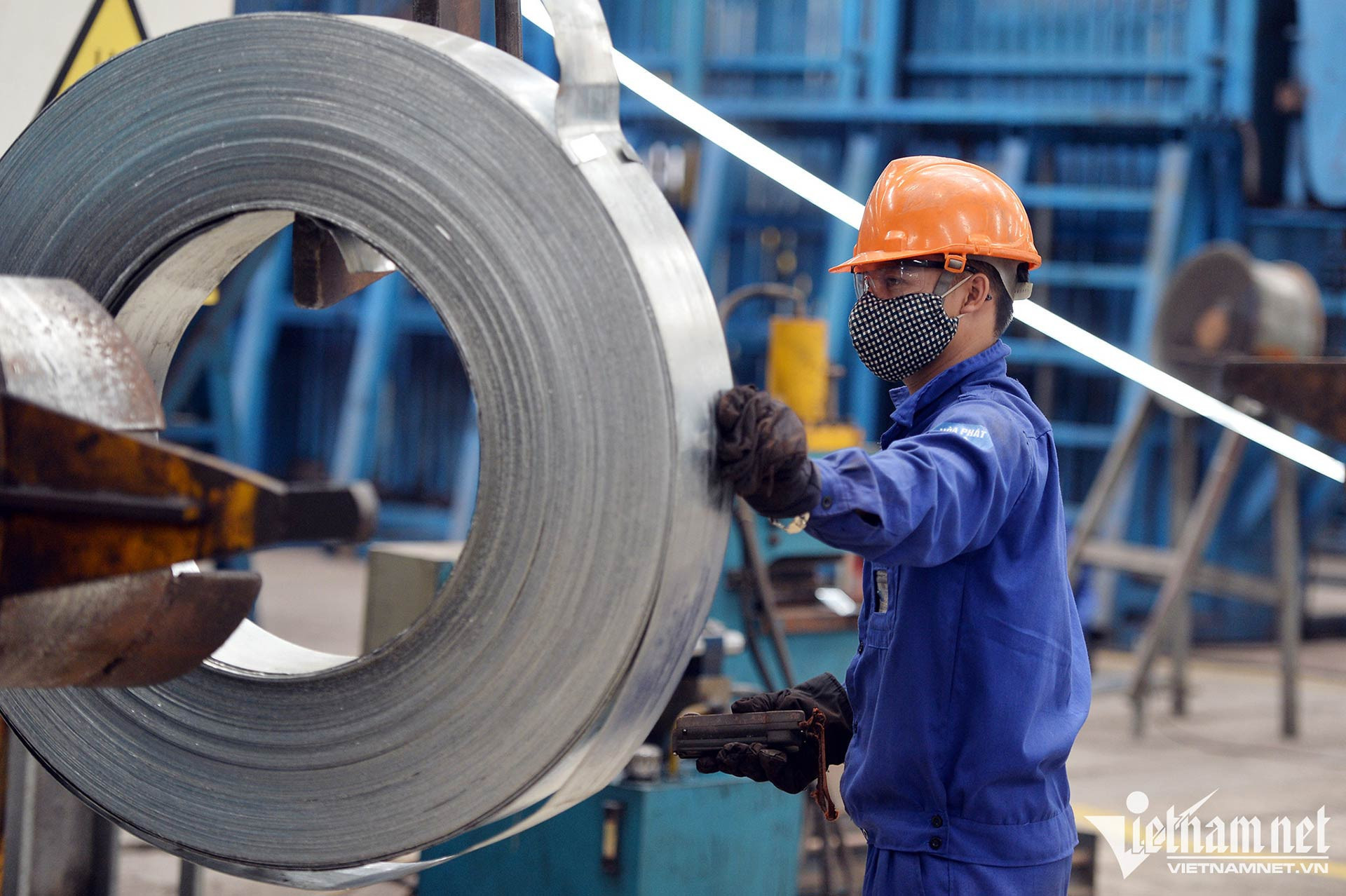
Long said he supports the government’s North-South high-speed railway, especially its plan to use domestic financial sources and domestically made products for construction packages.
“Consultancy groups have estimated that the project would need 6 million tons of steel of different types and all these types of steel can be made by Vietnamese manufacturers,” he said.
Long revealed that in the last three years, Hoa Phat has conducted research about steel products for rails, so manufacturing this type of steel for the project is within its reach.
Hoa Phat is carrying out research and will propose the development of several large projects in Phu Yen province. The steel complex, once completed, will focus on making high-quality steel products for mechanical engineering, such as steel plates, structural steel, shape steel and steel rail.
“If we are chosen to become the steel supplier of the project, we are sure to provide enough 6 million tons of steel, especially high-speed rail steel and high strength prestressed steel,” Long stated.
He committed that the steel would meet international standards and technical requirements of construction packages, and products would be delivered on schedule to ensure project implementation.
Asked about prices, Long affirmed that his steel would have ‘competitive prices, which are cheaper than imports’.
Nguyen Danh Huy, Deputy Minister of Transport, said the ministry emphasized the need to use domestic resources for the project plan to be submitted to the Politburo and the Central Party Committee, as well as building the government’s feasibility study to be submitted to the National Assembly.
For example, the Ministry of Transport (MOT) has set a requirement that EPC contractors must use domestic products. This is a prerequisite requirement for contractors.
MOT proposed that the government assign tasks to state-invested enterprises, or order domestic enterprises to supply products made in Vietnam.
In the pre-feasibility study of the North-South high-speed railway project, MOT said the route has the total length of 1,541 kilometers, with the starting point at Ngoc Hoi Station in Hanoi and the last point at Thu Thiem Station in HCM City.
The railway route would go through 20 cities or provinces, 23 passenger terminals and five cargo terminals, each of which has development space of 250-300 hectares, except for Thu Thiem with 17 hectares.
Manh Ha